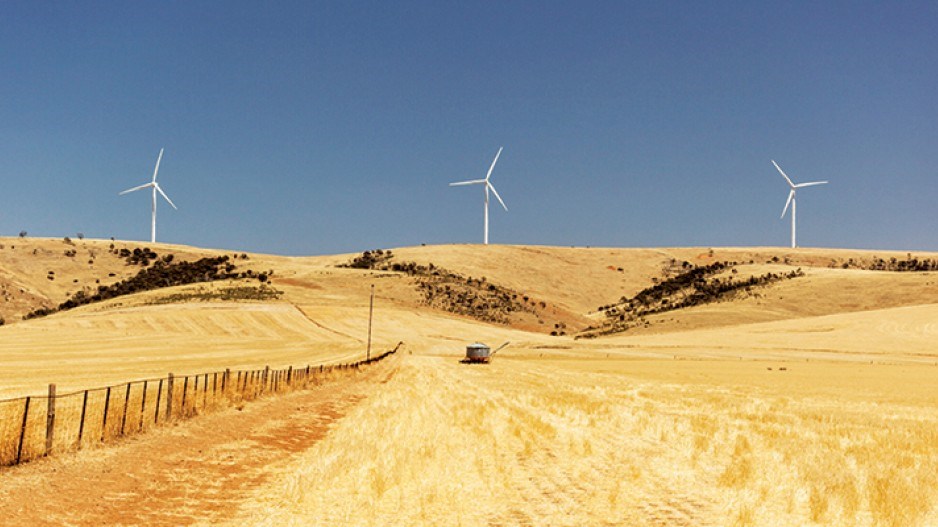Prime Minister Tony Abbott, whose conservative Liberal Party government came to power late in 2013, sparked uncertainty early last year when he launched a review of Australia’s Renewable Energy Target (RET) program. The RET aimed to have 20% of the country’s energy generated by renewable sources by 2020, up from 13% now.
But the review caused uproar when its report, written by a self-professed skeptic of man-made climate change, recommended cutting that target nearly in half. Many industries welcomed the suggested new target, but trade unions and renewable energy advocates reacted angrily. Polls show a large majority of Australians want the RET objectives kept at 20% by 2020, or even increased.
The result is a political stalemate, especially in the Senate. Abbott’s coalition holds only 33 of the 76 seats in the Senate, which is much more powerful than many parliamentary upper houses and has the capacity to block legislation initiated by the government in the lower house. That’s what the opposition majority is doing on the RET review. With no compromise in sight, potential investors in Australian large-scale renewable energy projects are staying away in droves.
Late last year the Australian Climate Council found that investment in renewable energy projects had dropped by 70% over 2013. On January 12, a report by Bloomberg New Energy Finance found the situation was even worse. In 2014, investment in large-scale projects such as wind, solar and hydro generation systems shrank by 88% over the previous year. There was investment in some solar and hydro schemes, but not one wind power project was initiated last year. The report blamed the Abbott government’s RET review for making “the sector practically uninvestable.”
Australia slid from being the 11th-largest investor in large-scale renewable energy projects in 2013 to 39th last year. Last year’s investment of only $240 million in large-scale projects is the lowest since 2002 and puts Australia behind much poorer countries like Honduras, Costa Rica and Myanmar, also known as Burma. Canada, in comparison, is seventh among G20 countries for clean-energy investment.
The uncertainty has also had the unintended consequence of causing a drop in investment in non-renewable coal, oil and gas generation projects in Australia, as well as “green” schemes.
The overall picture of Australian investment in renewable energy last year was eased somewhat by the enthusiasm of ordinary Australians for small-scale projects, such as rooftop solar panels for their homes or small businesses. When that is taken into account, Australia’s total investment in renewable energy systems shrank only 35% last year. Total investment in the sector last year was the equivalent of $4.5 billion. Canada’s investment was $6.5 billion.
Even so, this is in dramatic contrast to the global picture last year when nearly $400 billion was spent on clean-energy projects, an increase of 16% over 2013.
One bright spot is that a recent report by Australian research company Green Energy Markets found that overall energy consumption dropped by 1.1% last year over 2013. This trend started in 2010 and appears to have three causes. Government-regulated energy efficiency programs have had an effect. So have structural changes in the economy away from electricity-intensive industries. Also, consumers sought to cut their energy bills after electricity prices were increased in 2010. •
Jonathan Manthorpe ([email protected]) has been an international affairs columnist for nearly 40 years.




